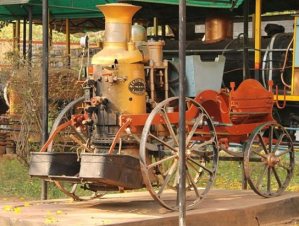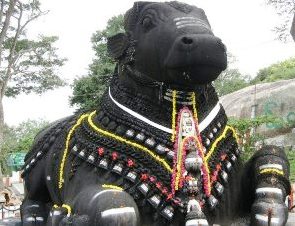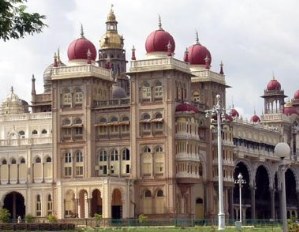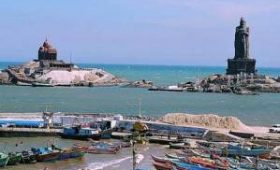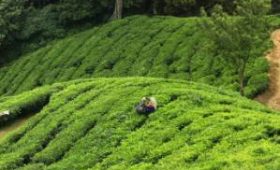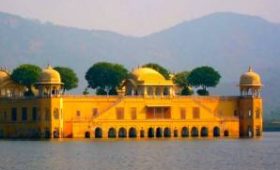Mysuru -History
The word Mysore is derived from the word “mahishur” or “Mahishasurana Ooru”, which means the town of Mahishasura in Kannada, the local language. According to the story in the Devi Purana, Mysore was ruled by the demon Kind Mahishasura. Mahishasura was a buffalo-headed monster. In response to the prayer by the Gods and Goddesses to save them from the demon, Goddess Parvathi took birth as Chamundeshwari and killed the monster on top of the Chamundi hill near Mysore. Hence the hill and the city have the names Chamundi Hill and Mysore respectively. It is said that after killing the monster the Goddess stayed on top of the hill, where she is worshipped with great devotion to this day. The famous 10 daylong Dasara of Mysore is in honor the Goddess Chamundeshwari and is a celebration of this victory of good over evil.
Rail museum
This museum has a good collection of locomotives including that of an Austin Railway Car. It’s a good place to spend some time looking at the history of railways of our nation’s history.
Sri Chamundeshwari Temple has located 13 km from Mysuru on a small hill. Atop of the hill, ‘Chamundi’ or ‘Durga’ is shown as the fierce form of ‘Shakti’. She is the slayer of demons, ‘Chanda’ and ‘Munda’ and also ‘Mahishasura’, the buffalo-headed monster.Chamundeshwari is revered for generations by the maharajas of Mysore and the importance can be understood by the fact that when Mysore Palace was built, it builds to face the Chamundi Hills.
LALITHA MAHAL PALACE
While returning from Chamundi Hills make a short detour towards Lalitha Mahal Palace. Built-in 1921 by Krishnaraja Wodeyar IV for the then Viceroy of India and other European guests. At present this palace is a heritage hotel and guests at the hotel can enjoy their stay with a grand view of Chamundi Hills.
BRINDAVAN GARD Brindavan Gardens
Spread across 60 acres, the beautifully landscaped garden with lots of fountains which was built next to Krishna Raja Sagara Dam in the year 1932. It is also known for its symmetric design and the Musical and dancing fountain.You can also go for boating in the secondary reservoir of the dam.
MYSORE ZOO
This is the only place that still remains etched in my memory during one of our family visits during the late 80’s. The reason is that for the very first time I saw penguins. These were kept in an enclosure and a constant spray of refrigerated waters was used to keep them cool. Unfortunately, the penguin enclosure is no more present but this place is worth a visit.
JAGANMOHAN PALACE AND ART GALLERY
Initially, this was the residence of the Wodeyar Maharaja while the Mysore Palace was being constructed in 1861 by Krishnaraja Wodeyar III. After the renovation and reconstruction of Mysore Palace, the Maharaja along with his family moved out of this place and then this palace was transformed into an art gallery in 1915 which was later renamed as Jayachamarajendra Art Gallery. The main highlight of this art gallery is its collection of Ravi Verma paintings which is a must see if you are in town.
The 200year old St. Philomena’s Church in Mysore is one of the oldest churches in India. When the capital of Mysore state was move from Srirangapatnam to Mysore city in 1799, many British officers and soldiers came and settled down in Mysore. The Maharaja Krishnaraja Wodeyar III realized the need for a Christian church for these people and granted the piece of land to build the church. The entire church is built in the Gothic style is one of the largest Cathedrals in South Asia. The Church has the relic of the 3rd century St. Philomena that is in a beautiful catacomb that is below the main altar.
